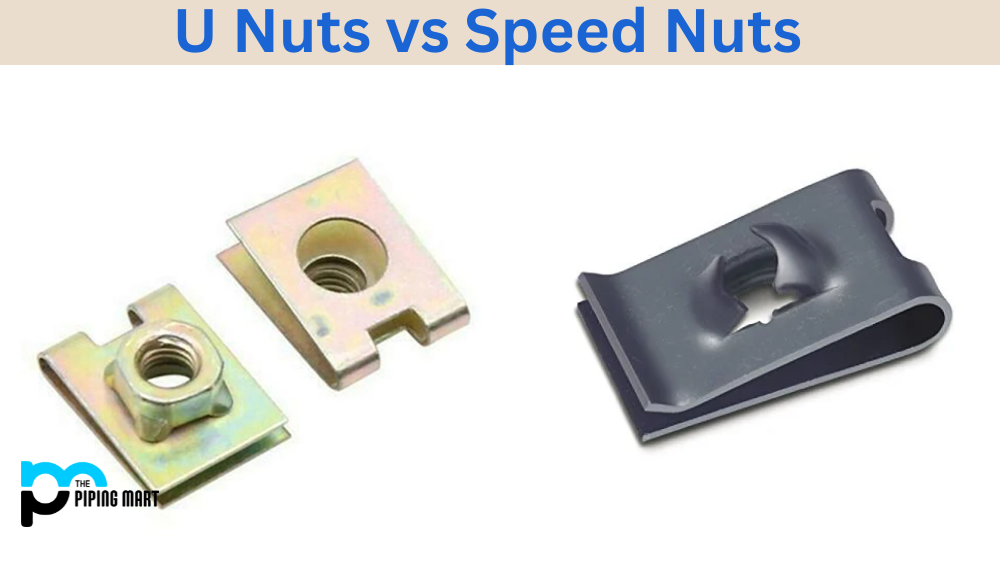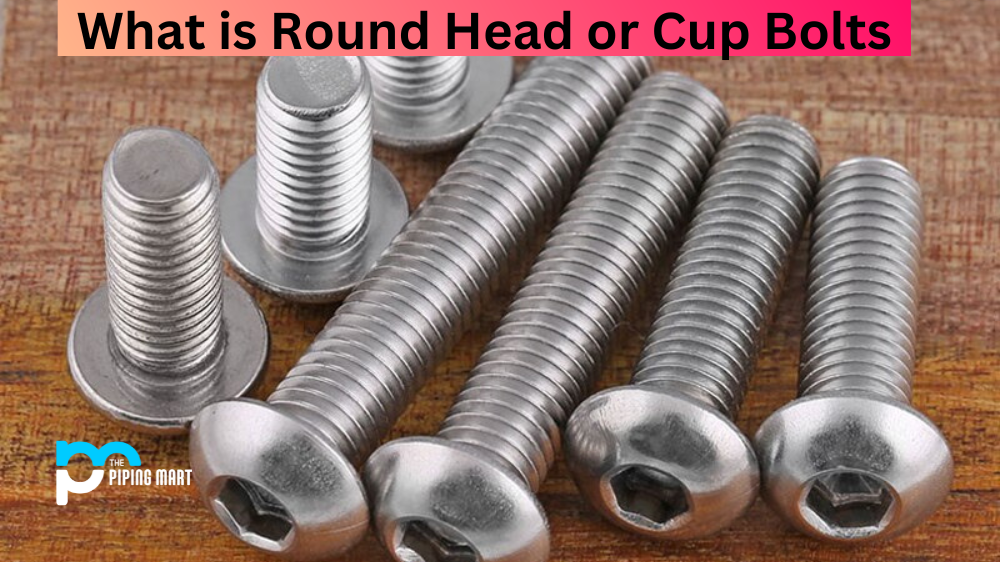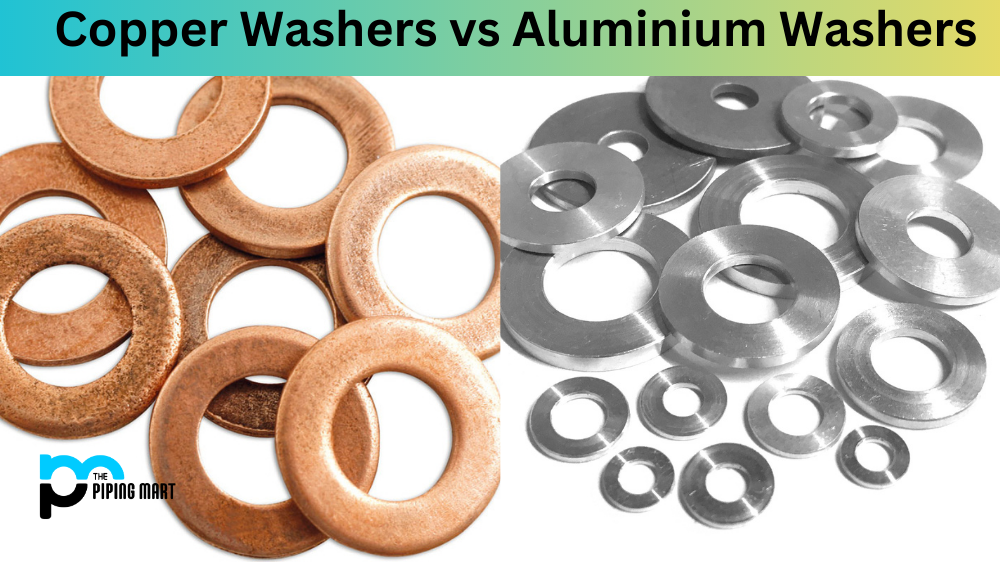Choosing a suitable anchor can make all the difference when taking on a DIY project involving hanging or mounting something on a wall. Two of the most popular options are Dyna bolts and wall plugs. While both offer reliable support, they work differently and are suited for different applications. Read on to find out which one is right for your next project.
What is Dynabolts?
Dynabolts, or Sleeve Anchors, are heavy-duty anchors ideal for holding heavy weights or loads. These are best suited for applications where you need to support large items such as shelving units, TV mounts, or large mirrors. Dynabolts are easy to install, requiring a drilled hole and a few taps with a hammer to expand and secure the sleeve, which, in turn, supports the fixture being mounted. They come in various sizes based on your load requirements and the thickness of the wall. Dynabolts are also suitable for outdoor applications such as weatherboard and outdoor furniture, providing excellent corrosion resistance.
What is Wall Plugs?
Wall Plugs, or Plastic Anchors, are among the most versatile anchors. They are made of plastic and come in various lengths and widths to accommodate different screw sizes. These are best suited for applications where the weight being supported is a little, such as hanging picture frames, small shelves, and lightweight decorations. Wall plugs require a smaller pilot hole to be drilled than Dyna bolts. After the hole is prepared, the plug is inserted, and the screw is fastened into the pin before applying pressure. These are also ideal for use on drywalls and plaster walls.
Differences Between Dynabolt and Wall Plug
Strength
In terms of strength, Dynabolts are the clear winner between the two. They are durable and offer superior weight-bearing support. In contrast, wall plugs are meant for lighter loads and provide limited support.
Dynabolts can support a maximum load of up to 300 kilograms, whereas wall plugs can help a whole load of up to 50 kilograms, depending on the size of the pin and the type of wall. Wall plugs are easier to install, while Dyna bolts need a bit of patience and hard work.
Another critical aspect to consider, especially when working on tiled surfaces, is that wall plugs can damage tile surfaces during installation. In contrast, Dynabolts have a lower chance of causing surface damage, often requiring only a tile drill bit to create the pilot hole.
How do Dynabolts compare to wall plugs?
Dynabolts are stronger than wall plugs and can be used in various applications. Additionally, Dynabolts are more accessible to remove than wall plugs, making them ideal for applications where the structure needs to be released.
What benefits of Using Dynabolts?
The benefits of using Dynabolts include their strength, versatility, and ease of removal. Additionally, Dynabolts are less likely to damage the structure they secure, making them ideal for use in sensitive applications.
Drawbacks of using Dynabolts?
The drawbacks of using Dynabolts include their cost and the fact that they require special tools for installation. Additionally, Dynabolts are less widely available than wall plugs, making it difficult to find them in some areas.
Conclusion
In conclusion, the answer to the Dyna bolts vs wall plugs debate depends on the item you are hanging and the surface you are installing it on. Both anchors have pros and cons; choosing which one to use depends on your project requirements. If you are mounting a heavy object or working outdoors, Dynabolts are the safer bet. But wall plugs are an easy and cost-effective choice for lighter loads or surfaces needing added care. Regardless of your choice, follow manufacturer guidelines and use appropriate tools to ensure your DIY project is safe and successful.
Meet Heer, a dynamic and driven writer learning tricks of her trade in the metal industry. With a background in Digital Marketing, Heer brings a unique perspective to her writing, sharing valuable insights. Apart from blogging she like reading and hiking.




